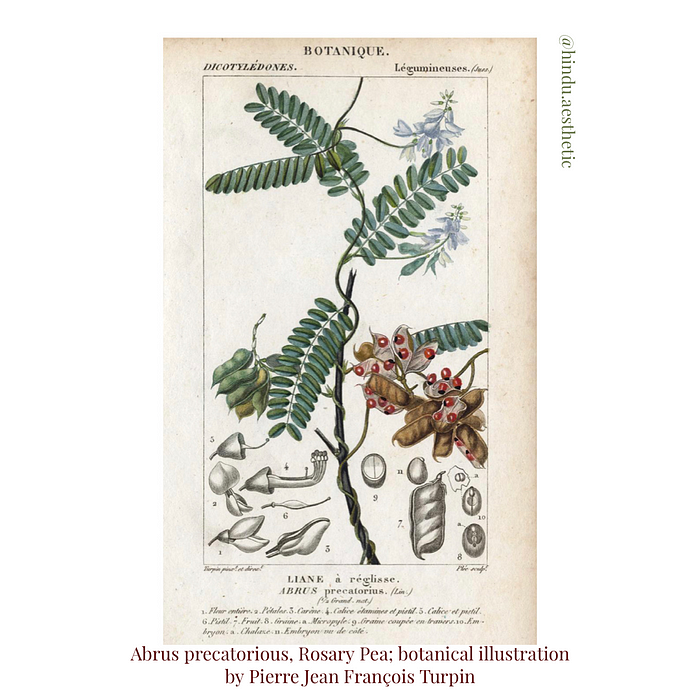Numismatics of the varāha:
How “varāha” came to be synonymous with currency

The Western Chalukyas of Vātāpi and Kaḷyāṇi ruled over the whole of the region between Nerbudda and the Kṛṣṇa river, the coast of the Bay of Bengal from Ganjam to Nellore. Among the symbols employed by them on gold coins of a specific weight, was the emblem of Vārāha or the Boar, the avatāra of Viṣṇu.
“Bhagavān-Nārāyaṇa-prasāda-samāsādita-Varāha-lāñchchhan-ēkṣaṇa-kṣaṇa-vaśikṛta-mahibhṛtām”
Bring under their spell, (enemy) rulers, without exception, by the very display of the Boar-insignia bestowed upon them by Nārāyaṇa

The ancient name of gold coins used as a currency in India was the Sanskrit “swarṇa”, Tamil “pon” or Hindi “hun”. Owing to the adoption of the Varāha avatāra of Viṣṇu on these coins, in the period of Chalukya ascendency in the 6th-7th centuries, the Swarṇa came to be known as a “Varāha”. The punch-marked coinage of the Chalukyas with their dynastic device, the boar, accompanied by legends in large Halakanada characters, persisted till a late period. The fact that the Chālukyas adopted Varāha for their insignia and the fact that many of their records commence with a stanza in praise of Lord Viṣṇu in his Varāha avatāra has led scholars to conclude that they were primarily Vaiṣṇavites by faith. The vaṁśika-praśasti has, however, a slightly different tale to tell, for while the beneficence of Nārāyaṇa is acknowledged only once for His bestowal of the Varāha-lāñchchhana, the eulogy is rather heavily Śaiva- oriented. Though the Chalukya crest was the Vaiṣṇava “Varāha lanchchana”, they nevertheless displayed a praise-worthy tolerance in matters of religion, patronizing both Jainas and Śaivas equally, along with the followers of Nārāyaṇa.


While the Cholas, Chalukyas, Pallavas, etc have left magnificent specimens of their architecture, few specimens of their coinage, such as ‘varāhas’, ‘tankas’, ‘pons’, ‘madais’ have survived them — as after each successful invasion or war, vast quantities of gold were carried away as booty, melted and converted into the new currency of the State to which they had been conveyed.

From the practice of stamping coins with the Boar or varāha on Chalukya coins, the coins themselves came to be distinguished as varāha mudra or “boar stamped” — though coins of the same/similar value were in circulation prior to the reign of the Chalukyas.
So abiding was the influence of the Chalukyas that the indigenous gold currency in South India was thereafter permanently impressed with the standard adopted by them. From them, the Varāha royal emblem was also adopted by the Cholas, the Sendrakas (hereditary allies of the Vātāpi Chalukyas) and later, by the Vijayanagara Rulers. It was only impressed upon gold coins of a weight averaging 52- 58 grains. This coin standard was adopted by the Rayas of Vijayanagara, the Pandyas of Madura and other local chiefs in the Carnatic.

In the brisk foreign trade of the Vijayanagara empire, currencies of foreign countries played a vital role. The Dinar of Egypt, the Portuguese Cruzado, Venecian Ducat and Sequin and the Florentine Florine were nearly equal to the varāha-s in weight. For instance, the weight of a Venetian Sequin was 52.40 grains and Duct was 53.40 grains whereas the Varāha weighed 52 grains. This weight standard of varāha-s facilitated the foreign trade of the empire.
This coinage tradition persisted even into European rule — when the East India Company, Mohammedean Sultans, or the Portugese issued coins of this weight, they too were referred to as “varāhas” or “pagodas” — even if they didn’t necessarily bear the figure of a boar, they impressed upon them the other deities of the Hindu pantheon such as Rāma, Śiva and Pārvati, Venkatēśa or Kṛṣṇa.
Standard Weights:
2 gunjas* = 1 dugala
2 dugalas or 4 gunjas = 1 chavala
2 chavalas or 8 gunjas = 1 dharana
2 dharana or 16 gunjas = 1 honna (honna is the kannada equivalent of pon)
2 honnas or 32 gunjas = 1 varāha or gadyana

*Gunja/Ratika/Rati is the weight of one seed of Abrus precatorius (rosary pea/Indian licorice/Crab’s eye; Gunja in Hindi, Ratika in Sanskrit);
1 gunja = 1.8 or 1.75 grains or 0.1215 g; the beans were traditionally used to weigh gold/precious stones due to their uniform weight (8 rati = 1 masha; 12 masha = 1 tola = 11.6 g) The measure ‘masha’ can be dated back to the Indus Valley, with one masha = 8 rattis. A unit called Śatamāna, literally a ‘hundred standard’, representing 100 krishnalas or 11 g of pure silver is mentioned in Śatapata Brāhmaṇa.

Sources:
- South Indian Coins T. Desikachari, pub. 1991
- Madras Journal of Literature and Science. Volume 20 pub. 1859)
- Chalukyas of Vatapi by K.V. Ramesh
- The Dowlaishweram hoard of eastern Calukhyan and Chola coins, Bulletin of The Madras Government Museum: Madras; Balakhrishnan Nayar, 1966
- The Positive Sciences of the Ancient Hindus by Brajendra Nath Seal
______________________________________________________________
If you find value in my work, I hope you consider becoming a patron through Patreon. Hindu Aesthetic requires a lot of time and effort and your support would mean that I can continue bringing you the highest quality content. Link to my Patreon:
